In school, childhood we learned some of the Earth facts like Mount Everest being the highest mountain on the earth, the Dead Sea being the saltiest place and river Nile being the longest river in the world. But these are all myths! The truth is different and after busting few of those myths we’ll just know how amazing our World is.
1. The vacuum of space is cold

If you’re in total darkness at the coldest spot in the known universe, the vacuum of space can get down to minus-454 degrees Fahrenheit. Brr!
But in sunlight near Earth, temperatures can swing to a boiling 250 F. That’s why astronauts wear reflective white spacesuits.
2. There are only 3 phases of matter: Solid, liquid, and gas
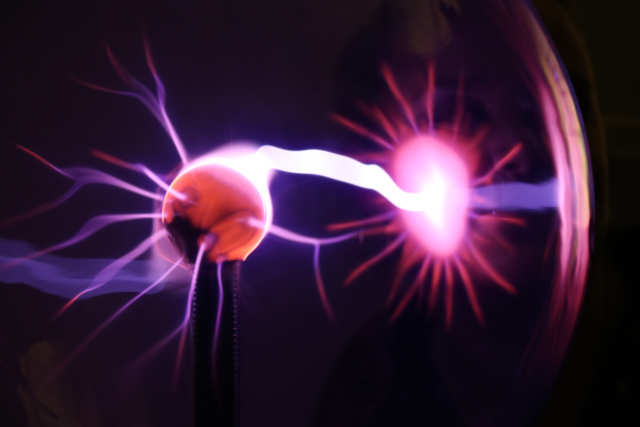

You forgot a big one: Plasma.
It’s easy to assume solids are the most abundant form of matter in the cosmos since we all live on a giant rock. But plasma is vastly more abundant; stars, including the sun, are gigantic orbs of glowing plasma.
There are other sub-phases of matter, but solid, liquid, gas, and plasma are the main ones. Just busted one of those born myths right?
3. The Asteroid Belt is dangerous


Movie scenes of spaceships flying through a dense field of tumbling, colliding rocks are imaginary.
The Asteroid Belt — a zone between 200 and 300 million miles from the sun — is an incredibly lonely and desolate void.
In fact, if you pulled all the asteroids in that belt together they’d only weigh about 4% the mass of Earth’s moon.
This is why NASA gets really excited when it catches even one asteroid colliding with another.
4. The sun is yellow
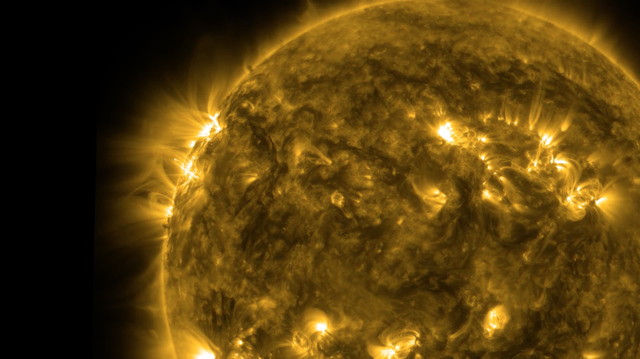

This is surely one of those myths and that’s obvious because if you wince and look at the afternoon sun, it might look yellow — but the light it gives off is actually white in color.
The Earth’s atmosphere between your eyes and the sun is what makes the star appear yellow.
The gases bend the light in an effect called Rayleigh scattering, which is what also makes the sky appear blue and causes sunsets to blaze into brilliant oranges and reds.
Not helping matters is that astronomers classify the sun as a main-sequence G-type star, or the misnomer “yellow dwarf.”
5. Lightning never strikes the same place twice
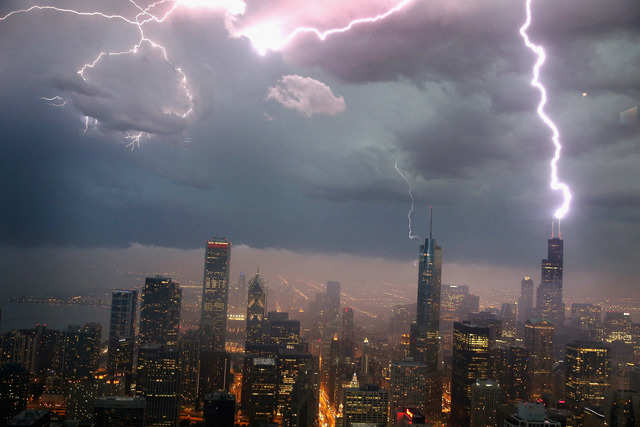

Lightning does strike twice.
Some places, like the Empire State Building, get struck up to 100 times a year.
6. Mount Everest is the tallest thing on Earth
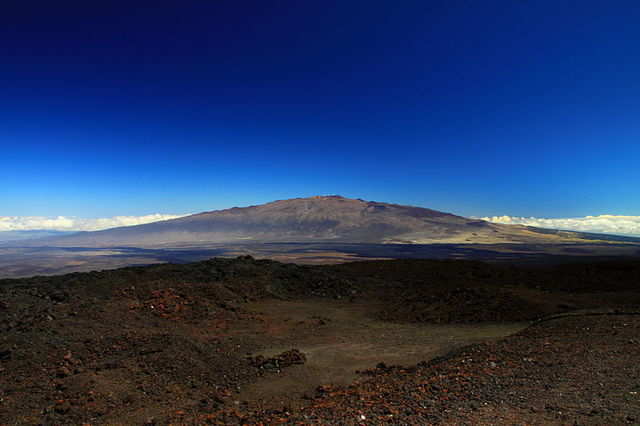

The world’s tallest mountain, if you want to get technical, is not Mount Everest.
Mount Everest is the tallest mountain above sea level and if you consider that then it’s not of these myths, but if we’re talking mountain base-to-summit height, then the tallest is the island of Hawaii that peaks as Mauna Kea.
Everest stands 29,035 feet above sea level. Mauna Kea only stands 13,796 feet above sea level, but the mountain extends about 19,700 feet below the Pacific Ocean. Over half of it is submerged.
That puts the total height of Mauna Kea at about 33,500 feet — nearly a mile taller than Everest.
7. Water conducts electricity
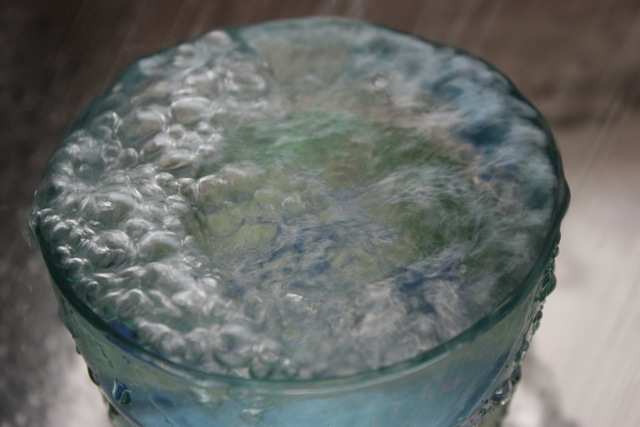

Pure or distilled water doesn’t conduct electricity well at all.
The reason we get shocked when standing in electrified water is because the water we come across will be contaminated by minerals, dirt, and other things that will conduct electricity.
8. Diamonds come from coal
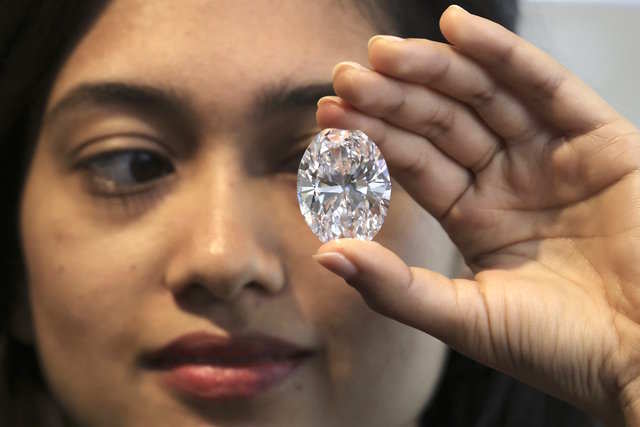

Most diamonds aren’t formed from compressed coal.
Instead, they’re carbon that is compressed and heated 90 miles below the surface of the Earth. Coal is found about 2 miles down.
9. Summer is warm because the Earth is closer to the sun


The Earth is not close to the sun when it is summer in the Northern Hemisphere — quite the opposite: The planet is actually at its farthest point from the sun during the summer.
It is always warmer during the summer because Earth is tilted. During its orbit, our home planet’s tilt allows the sun’s energy to hit us more directly.
10. The moon is very close to the Earth
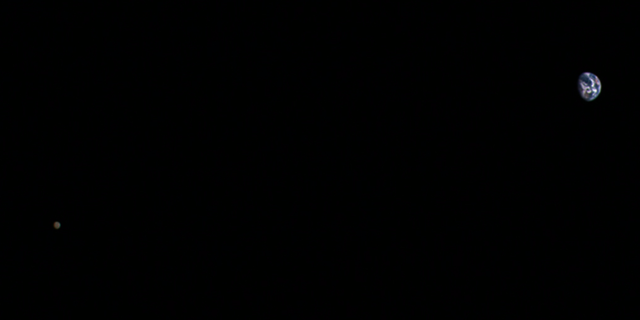

The moon sometimes looks so close you could reach up and up and grab it.
In reality, the moon orbits at a distance of about 239,000 miles from Earth. If you could somehow hop in a Boeing 747 and cruise to the moon at full speed, the journey would take about 17 days.
The moon is far, far away.
11. A nuclear weapon could destroy an asteroid
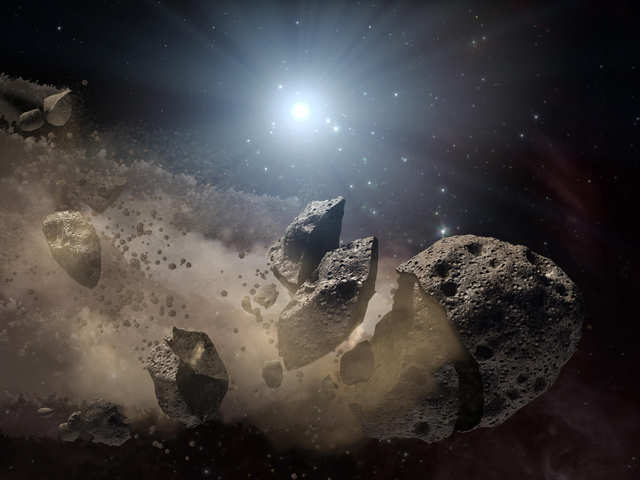

Nuking an asteroid would not vaporize every single bit of rock.
Most asteroids are heaps of rubble, to begin with, so a powerful blast would probably just break everything apart further. That’s may be a bad idea if you’re trying to save the planet — it’s like turning a single bullet into a shotgun blast.
However, some researchers think a well-directed, smartly designed nuclear attack could irradiate an asteroid’s surface, vaporize some of the rock, and shoot off gases that’d push an asteroid on off-course. Whew.
12. The vacuum of space is cold



If you’re in total darkness at the coldest spot in the known universe, the vacuum of space can get down to minus-454 degrees Fahrenheit. Brr!
But in sunlight near Earth, temperatures can swing to a boiling 250 F. That’s why astronauts wear reflective white spacesuits.
13. People in the Middle Ages thought the Earth was flat
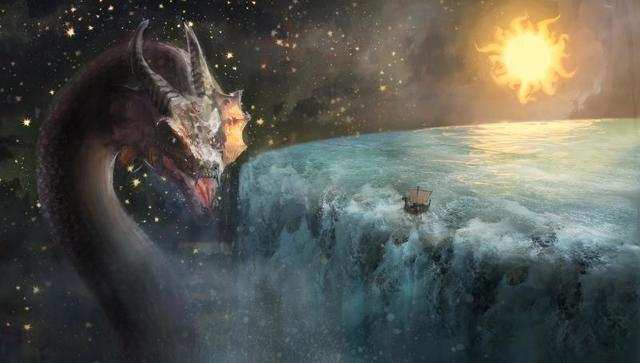

During the early Middle Ages, almost every scholar thought the Earth was round, not flat.
This myth picked up steam in the 1800s, right around the same time the idea of evolution was rising in prominence — and religious and scientific interests clashed.
Read more: 20 Common Myths You Shouldn’t Believe About Space And Physics
















